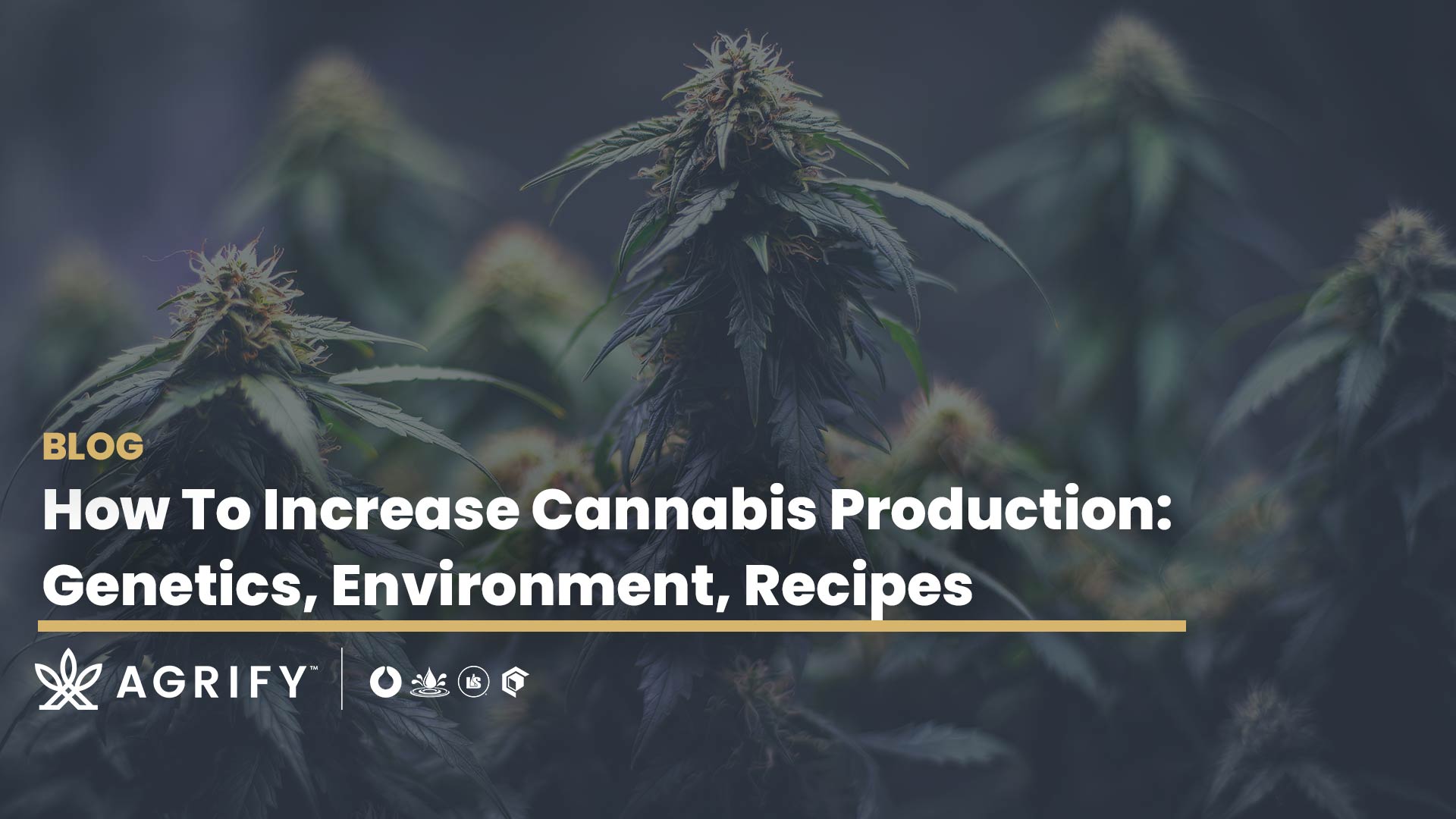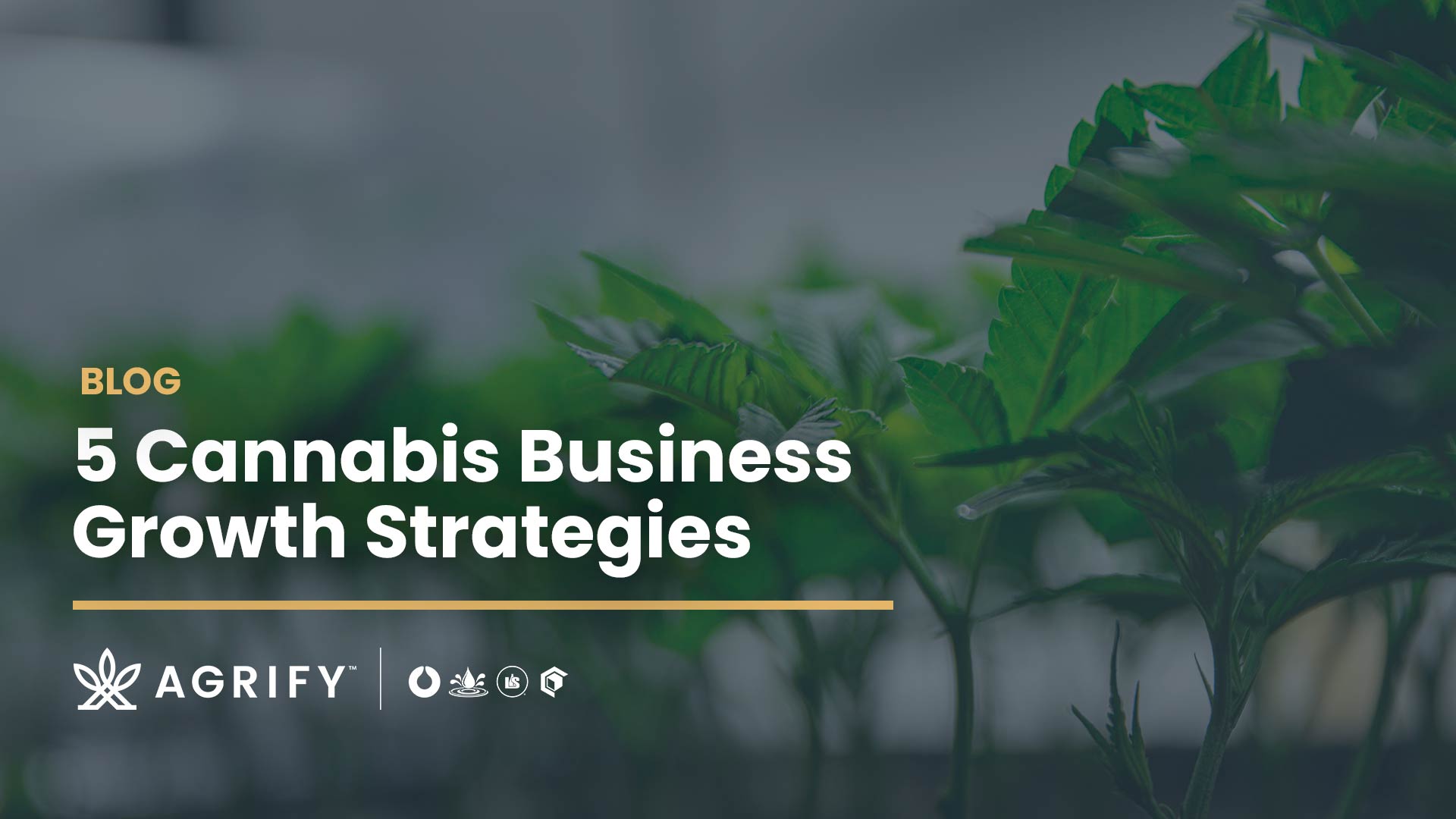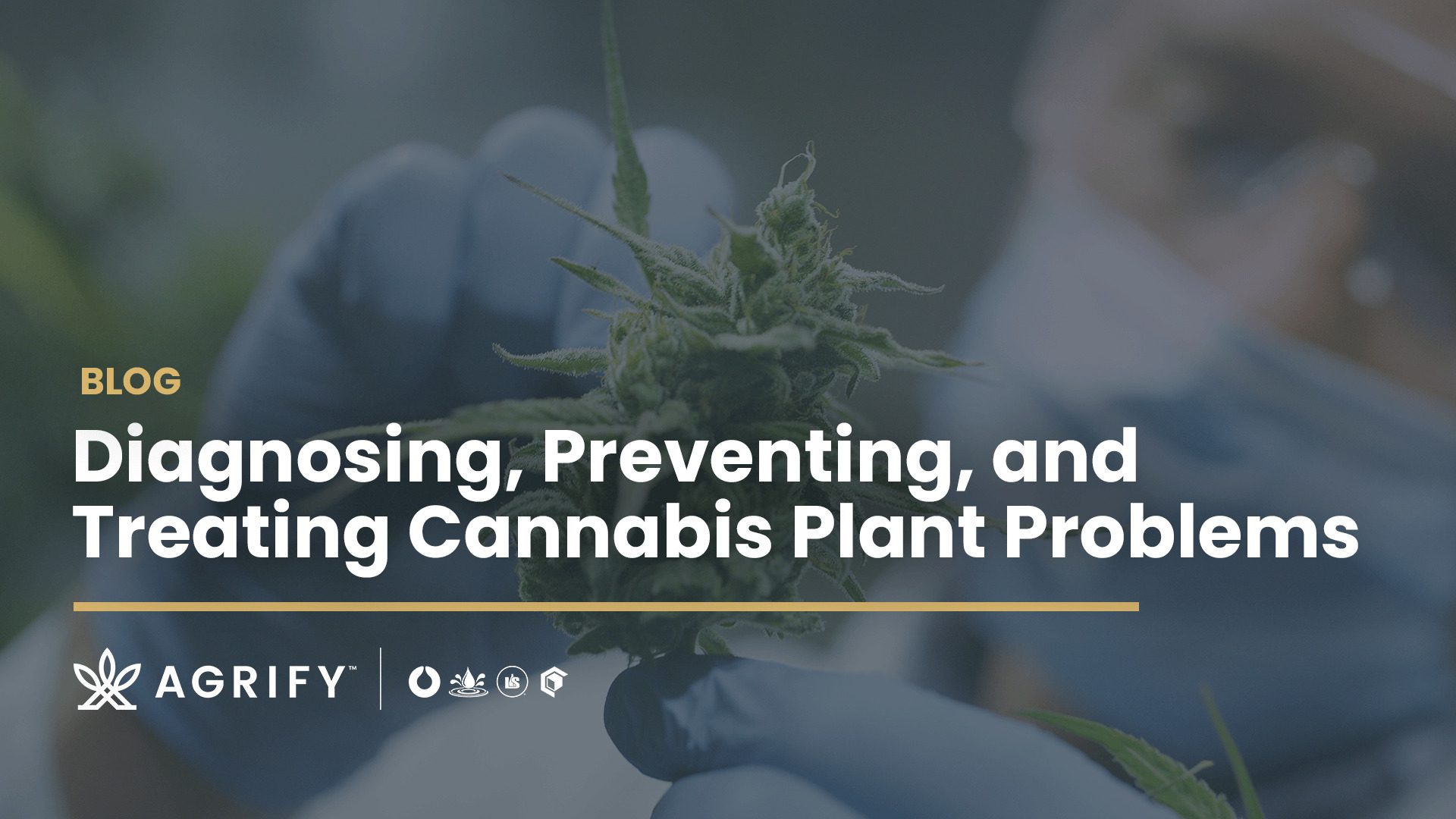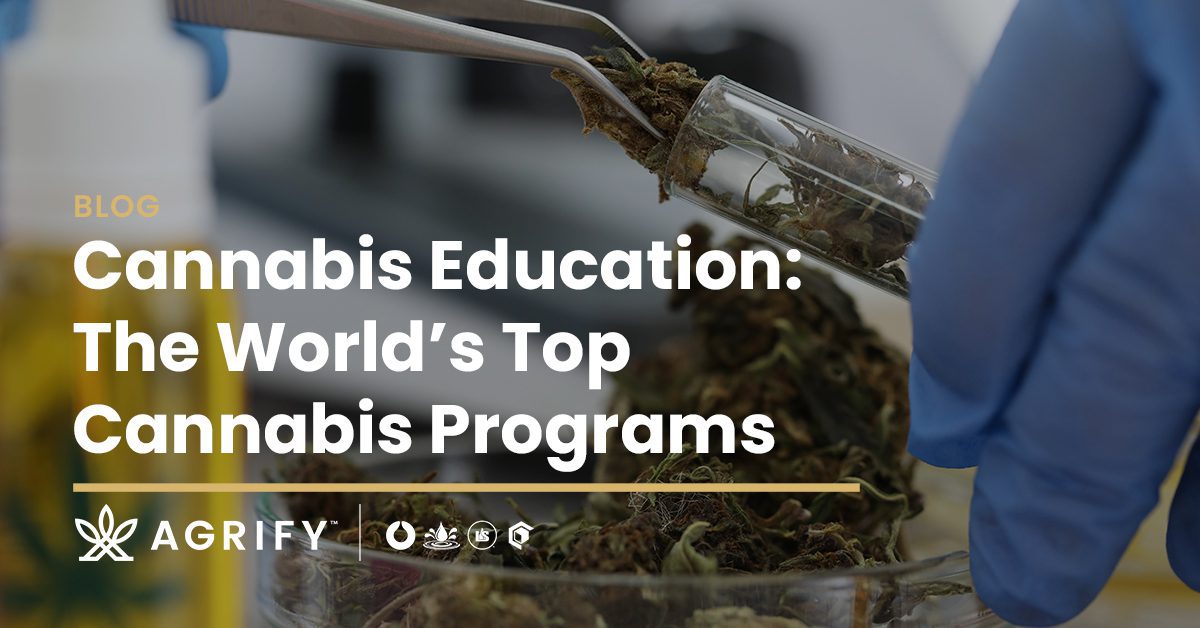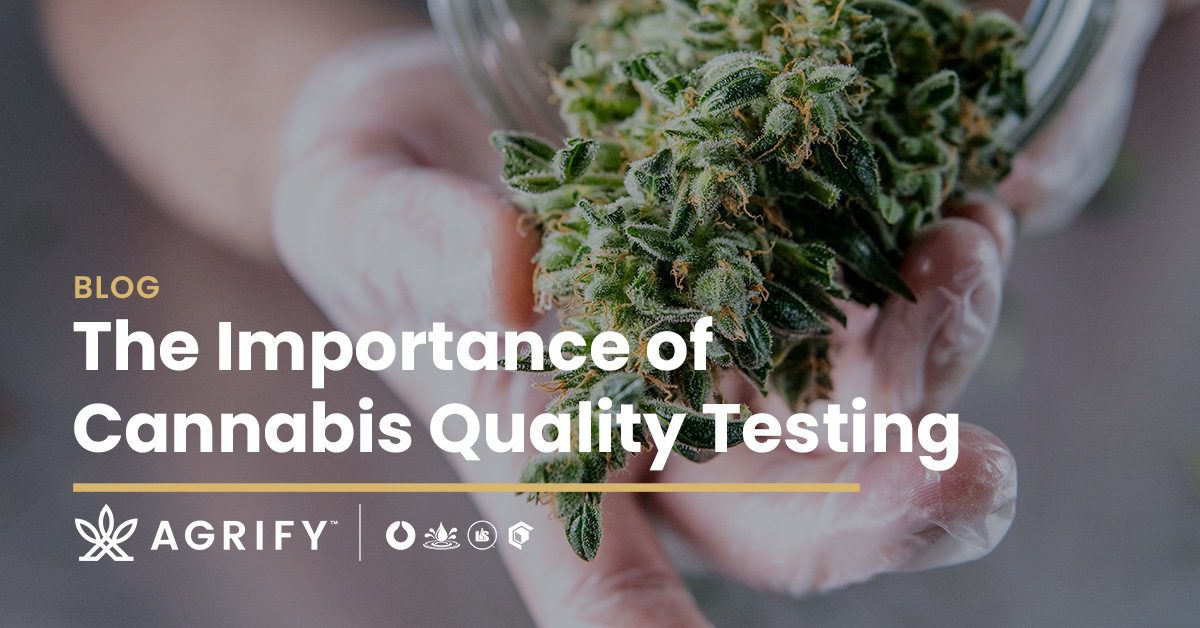At the end of 2021, the price per pound of cannabis had fallen off a precipice in California. Reports indicate they dropped anywhere from 34 percent (Green Market Report) to up to 50 percent (The Union) in a year. Although primarily impacting outdoor farms, this drastic downturn has repercussions rippling across the industry, including for greenhouse and indoor cultivators.
Not everyone will survive the current cannabis crisis in California. But, importantly, some segments seem much more insulated, including indoor producers and those focused exclusively on a premium market.
Vertical farming offers cannabis cultivators additional advantages to weather market fluctuations, even over traditional horizontal indoor approaches. These advantages, including more crop turns per year, improved space efficiencies, and a consistent final product, help producers mature at the same pace as the markets.
The Situation in California: Outdoor vs. Indoor Makes a Difference
According to an in-depth report published by Rolling Stone in February 2022, outdoor farmers are barely surviving based on today’s price per pound of cannabis. Cultivators reported needing $500 to $700 per pound to break even. At the time of writing, current prices for outdoor bud were sitting around $527 per pound.
The record low price per pound, steep state taxes, and an intense market glut from 2021 have combined to put the state’s cannabis sector into a downward spiral.
Even indoor facilities are feeling the crunch — but incredibly seem to be protected from these dramatic price swings experienced by outdoor farmers.
MJBizDaily reported in December 2021 that “[t]he downward pricing pressure hasn’t hit every cultivation sector in the state – many indoor growers appear to be on better footing, for instance, with wholesale prices reportedly down 10%-20% compared to outdoor farmers.”
Several industry analysts in the report confirmed that the indoor sector seemed remarkably insulated. As per Scott Raquiza, a cannabis consultant and distributor, the price compression is far less severe for indoor cultivators, “provided they’re growing premium quality cannabis.”
Agrify’s Chief Science Officer, David Kessler, agrees, stating, “If you are not playing for top tier flower, you are in a race to the bottom.”
Growing indoors provides protection from market fluctuations, and growing premium quality flower offers even more buffer. So, the logical next question is, how can producers maximize this potential?
Maximize Indoor Yields to Weather the Storm
Indoor cultivators are faring better than their outdoor counterparts because indoor growing offers predictability and greater consistency. As the falling price per pound of cannabis has clearly demonstrated, increased environmental control also benefits market price.
But, growers can do better than just moving cannabis cultivation indoors. It’s possible to go one step further: go vertical.
Vertical indoor cannabis cultivation layers two or more levels of plants upwards, taking advantage of what is typically wasted facility space. Going upwards thereby improves space efficiency, yield, and the returns on any real estate investment — the latter of which is incredibly pertinent for businesses growing in California’s urban areas.
Growing vertical pays off. According to Agrify’s calculations, if all other facility parameters remain equal, Agrify’s vertical solution increases canopy square footage by roughly 36 percent and yield per square foot by 55 percent over traditional indoor.
Create an Ultra Premium Flower with Vertical Farming Units
What’s more, unlike other vertical options employed in the industry, Agrify’s Vertical Farming Units (VFUs) create cultivar-specific microclimates.
Intentionally created, precisely controlled microclimates avoid the pitfalls of traditional warehouse-style indoor cultivation or the open-bench style vertical technologies. Both options tend to develop significant climate variation from one row of plants to the next.
Agrify’s AI-powered vertical farming technology allows producers to optimize output and yield based on every cultivar. By monocropping within each VFU and managing the microenvironment based on data-driven insights, it’s possible to achieve up to 29 percent more cannabinoid potency over traditional cultivation. The same holds true for potential terpene potency. Moreover, these results are consistent, plant by plant and cycle by cycle.
Vertical Farming Reduces the Risk of Cannabis Cultivation and Market Fluctuations
Going vertical, especially under the Agrify cultivation model, helps growers beat the highly variable market and a currently unpredictable price per pound of cannabis.
Why? First, indoor cultivation offers the first layer of protection, as the outputs are always more predictable. Second, vertical solutions increase the canopy and yields of an indoor space. Third, and most importantly, the complete Agrify’s package, VFUs and Agrify Insights, may decrease OPEX by as much as 30 percent.
No matter how low prices go for outdoor flower, there will always be a market-driven demand for an ultra-premium product, like the kinds produced in vertical facilities. It’s just a matter of crunching the numbers to determine which cannabis facility design provides the most return on investment, time and time again.
